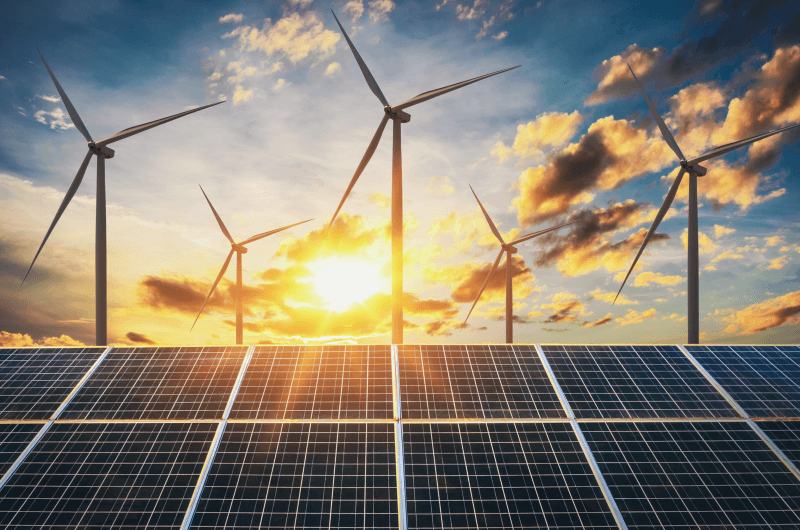Biden’s Plan
The U.S. Environmental Protection Agency (EPA) defines clean energy as “renewable energy, energy efficiency and efficient combined heat and power.” The process of producing and using electricity results in greenhouse gases and emission of other pollution. Millions of Americans live with unhealthy air quality as pollution is on the rise.
President-elect Joe Biden’s proposal looks to change course, and for the United States to achieve net-zero emissions by 2050 with increased use of clean energy in transit, building construction and the power sector. He has stated this is a priority and will work with Congress to enact legislation to begin this process during his first year in office.
Less Reliance on Fossil Fuels
Biden’s plan calls for transitioning away from the oil industry by eliminating oil subsidies and replacing it with renewable energy over time. He also proposes requiring aggressive methane pollution limits for new and existing oil and gas operations, and a ban on new fracking on federal land. Additionally, he wants to invest in 50,000 charging stations on highways to support the electric car market in the future, and states in his plan that he will set a target of reducing the carbon footprint.
More Renewable, Clean Energy
Currently, most of the electricity in the U.S. is generated using fossil fuels such as coal and natural gas but a move toward development of solar, wind, water, geothermal, bioenergy and nuclear energy can fit naturally into Biden’s plan to invest $400 billion into clean energy and innovation over ten years.
Looking Toward the Future
It’s easy to flip a light switch, toss a bag of popcorn in the microwave or take a drive in your car without thinking much about how the energy to accomplish these mundane tasks was generated. However, it’s likely that clean energy technologies will be a more ever-present part of our daily lives moving forward. As stated by the Department of Energy, the industry generates hundreds of billions in economic activity, and is expected to continue to grow rapidly in the coming years.
We are taking these initiatives into consideration within your portfolio and monitoring for possible future investment opportunities. Please contact us if you have any questions.


